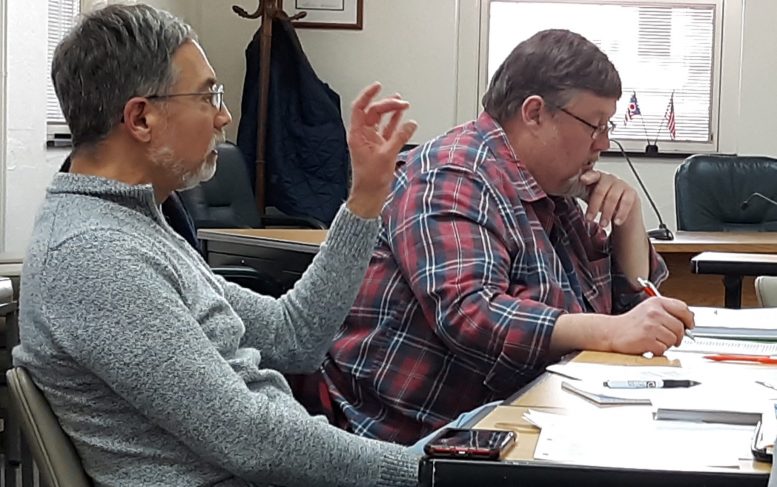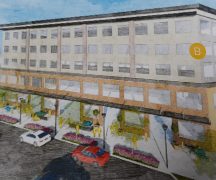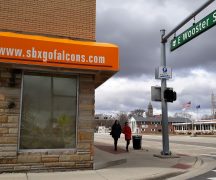By JAN LARSON McLAUGHLIN
BG Independent News
After hours of clashes, coaxing, conflict and cajoling on Saturday, Bowling Green City Council members narrowed their goals for 2020 into four main priorities.
Topping their lists were:
- Zoning updates and economic development
- Neighborhood revitalization
- Emphasis on complete streets
- Sustainability values
Those top four priorities were pretty easy, compared to all the bullet points council members wanted to elaborate those categories. After each council member pitched their goals, some made the list, but more didn’t.
Council member Sandy Rowland described council’s plate this year as more than full. It was like Thanksgiving dinner full, she said.
Here are the items that made the final cut.
First, City Council members would like to see the city’s zoning code updated by Dec. 31, 2021.
“What a great opportunity we have to improve our city,” council member Greg Robinette said. “I’d like to see this council see it through to the end.”
All council members supported the newly proposed Gateway district, along East Wooster between BGSU and downtown. And they want the city’s definition of economic development to be modernized to include more than just industrial growth.
The Gateway effort will be time-consuming, Council President Mark Hollenbaugh said.
“Especially since we have to look into moving the fire station and utility offices,” he said.
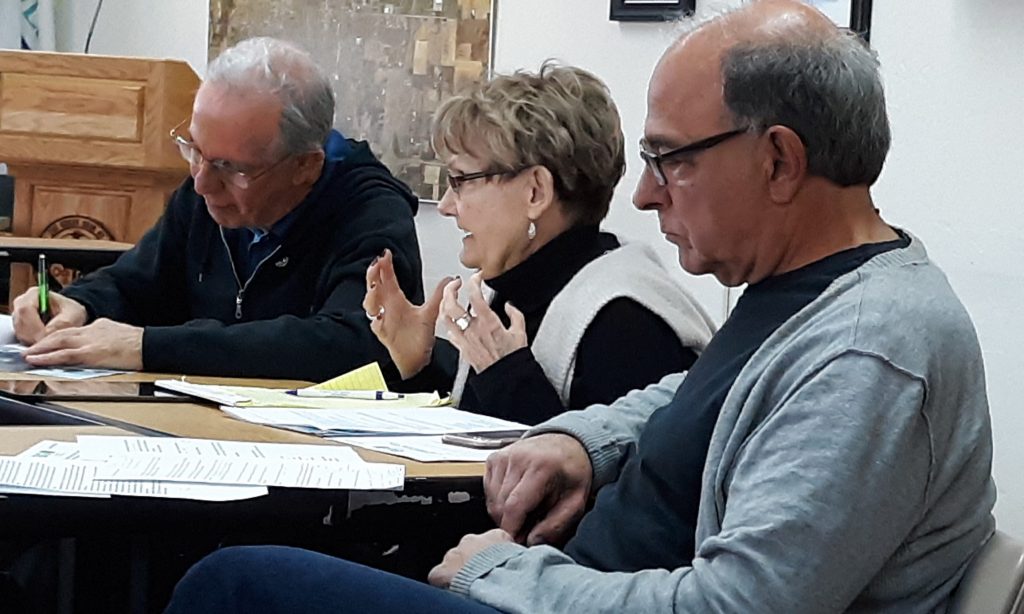
Rowland voiced her support for the proposal by Mayor Mike Aspacher to create a DORA downtown, to allow patrons at participating businesses to take alcohol outside within a certain footprint, and during certain times.
To help with economic development in the city, Rowland also suggested that the city needs to continue to voice its support of the Bowling Green City Schools.
Council member Rachel Phipps pushed for the city to budget money for public art.
Second, council wants continued focus on neighborhood revitalization as described in the Community Action Plan. That will include the process underway to examine if the city needs some type of rental housing registration or inspection program.
Robinette pointed out that the city has made progress in this area by shifting civil enforcement over to the police division, and by updating its “nuisance” definitions.
“We have accomplished a lot,” he said. “We’re not finished implementing the CAP, but we’ve made great goals.”
Council member John Zafardino said he would like the city to examine its contract with the Wood County Health Department for home exterior surveys. He questioned whether the city was getting its money’s worth for the program.
Third, City Council wants a true Complete Streets program that puts equal emphasis on the needs of motorists, bicyclists and pedestrians.
As a bullet point under this goal, council members want the city to explore the cost and feasibility of a multi-use path out to the community center, and possibly to the growing Cogan’s Crossing subdivision.
“If we do not include that as a priority, I don’t think it’s going to get done,” Council member Bill Herald said about the pathway to the community center.
Zanfardino said he has been disappointed that efforts seem to have stalled to make city streets more accommodating to bikes. Every time the city repaves a street, bike options should be considered, he said.
Council member Neocles Leontis also asked for equal consideration for pedestrians and bicyclists.
Phipps said the city administration has a process for adapting streets for bicyclists, but maybe it could be shortened.

“I think we’re all saying the same thing – we want something done,” Rowland said.
Fourth, council members want more emphasis on community sustainability values. Making the cut under this priority were the goals of creating a drop-off composting program, and drawing up a climate action plan resolution.
The city’s sustainability and green energy efforts set it apart from many communities, Phipps said.
“This really does distinguish us,” she said.
Leontis suggested that the city consider expanding recycling pickup for businesses and larger apartment complexes.
Zanfardino asked that City Council take some type of action on the plastic bag ban that was tabled last year.
“Do we have the courage to do it?” he asked.
Failing to make the list was a request by council member Bill Herald to address draining and flooding issues in the Fourth Ward, possibly creating a partnership between the city and residents to solve the problems.
Herald expressed frustration that items not making the priority list were doomed to not be resolved – at least this year.
“If this is not considered a priority at the end of this meeting, it will not get done,” he said of his request to address drainage issues.
Also getting bumped from the goals was a suggestion that the city conduct a waste audit, specifically looking at the effects of not offering large item pickups at scheduled times during the year.
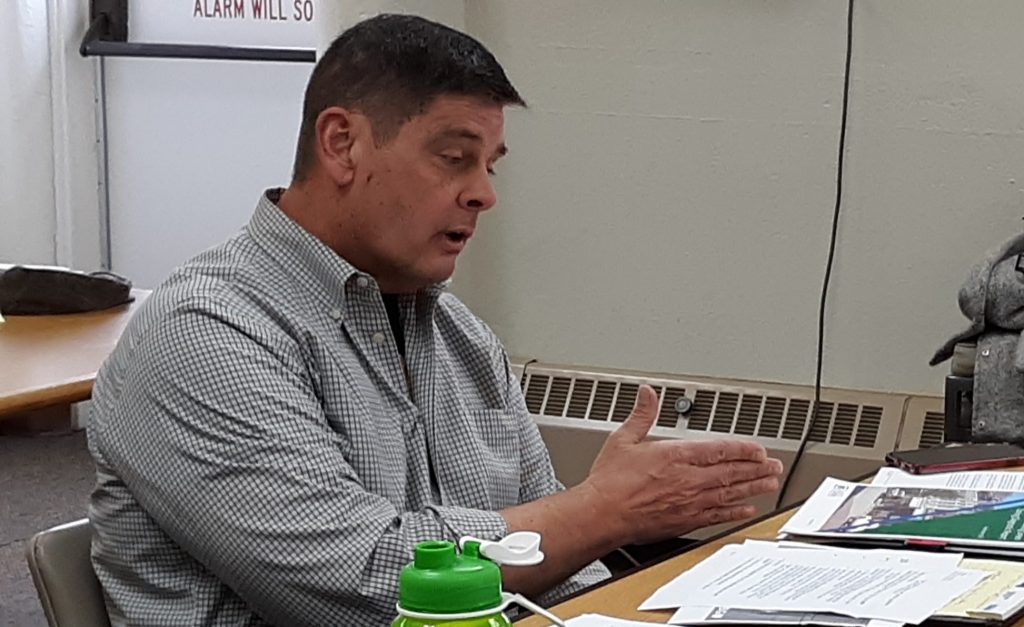
Robinette said he plans to ask the city administration to consider the rollback of last year’s $2 a month increase to the garbage/recycling program costs per residence.
“It’s something I’d like us to take a stand on,” he said.
Leontis also repeated his concerns about the city supporting the Wood County Regional Airport with $30,000 a year. He suggested the airport should become more self-sustainable.

